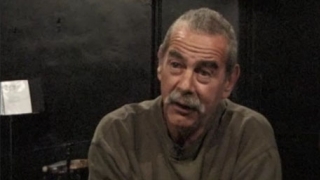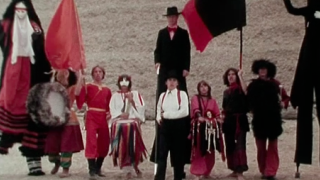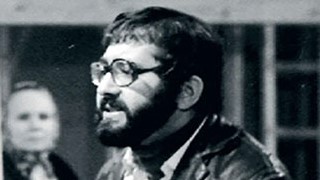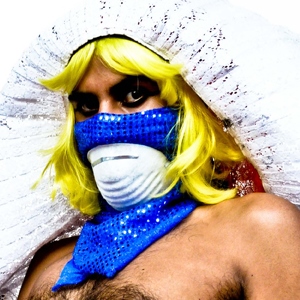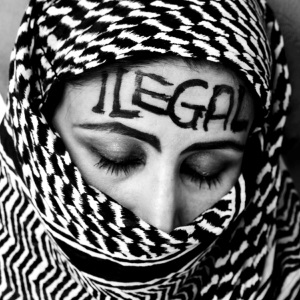These are forms of mass group events or performances that generally take place in public spaces in order to influence public opinion by occupying and exploiting the power of those sites. Though not strictly theatre, these forms often deploy its features – such as music, props, orchestrated movement and organized time – to harness its symbolic effects. While protests and demonstrations are broadly associated with counter-cultural activism, parades are often State-organized and State supporting: consider, for example, Olympic ceremonies, Victory parades, Hitler’s infamous Nazi Nuremberg rallies, and inaugural processions for State rulers. Usually protests and demonstrations occupy public space in ways intended to challenge authority, claim freedom of movement and expression, consolidate a sense of counter-cultural group identity, and reclaim a sense of democratic agency for the people rather than the State. Some twentieth-century political theatre-makers adopted practices from protests and demonstrations, as are apparent in happenings, the work of the Bread and Puppet Theatre, performance art and installation art. Similarly, political activism co-opted more and more performance techniques to enhance its symbolic and actual power. Thus, Edwardian suffragettes used marches and other forms of visible public protest to insist on and occupy their literal and metaphorical space within a democratic society. Many other civil rights protesters have done the same from, for example, African Americans in the 1950s; to anti-war protesters in the 1960s, 1970s and early twenty-first century; gay, lesbian and queer rights activists in the Pride marches from the 1980s on; and ecological and anti-globalization protesters from the 1980s on. While the pervasiveness of twentieth-century protest and demonstration is not in dispute, its political efficacy has been questioned. Richard Schechner and others have argued that protests and demonstrations share with Bakhtinian carnival the potential to be both socially transgressive and – by acting as a short-term valve that releases social pressure – always only temporary and often supportive of the status quo. However, Baz Kershaw acknowledges that protests and demonstrations are at least partly conservative because they are always somewhat repetitive and familiar – but that they take new forms and so are not purely conservative. Responding to arguments that theatre has become less political in postmodern contexts, Kershaw also argues not only that culture has become more pervasively performative, but also that it has become more politically performative, the proliferation of protest offering a case in point. From the RCTP
Image: Alexis W, Silvia Antolin-Guerra and Pedro Denis during a Pocha jam session at Espacio C, Santander, Spain, 2006. Photo: Raul Hevia

